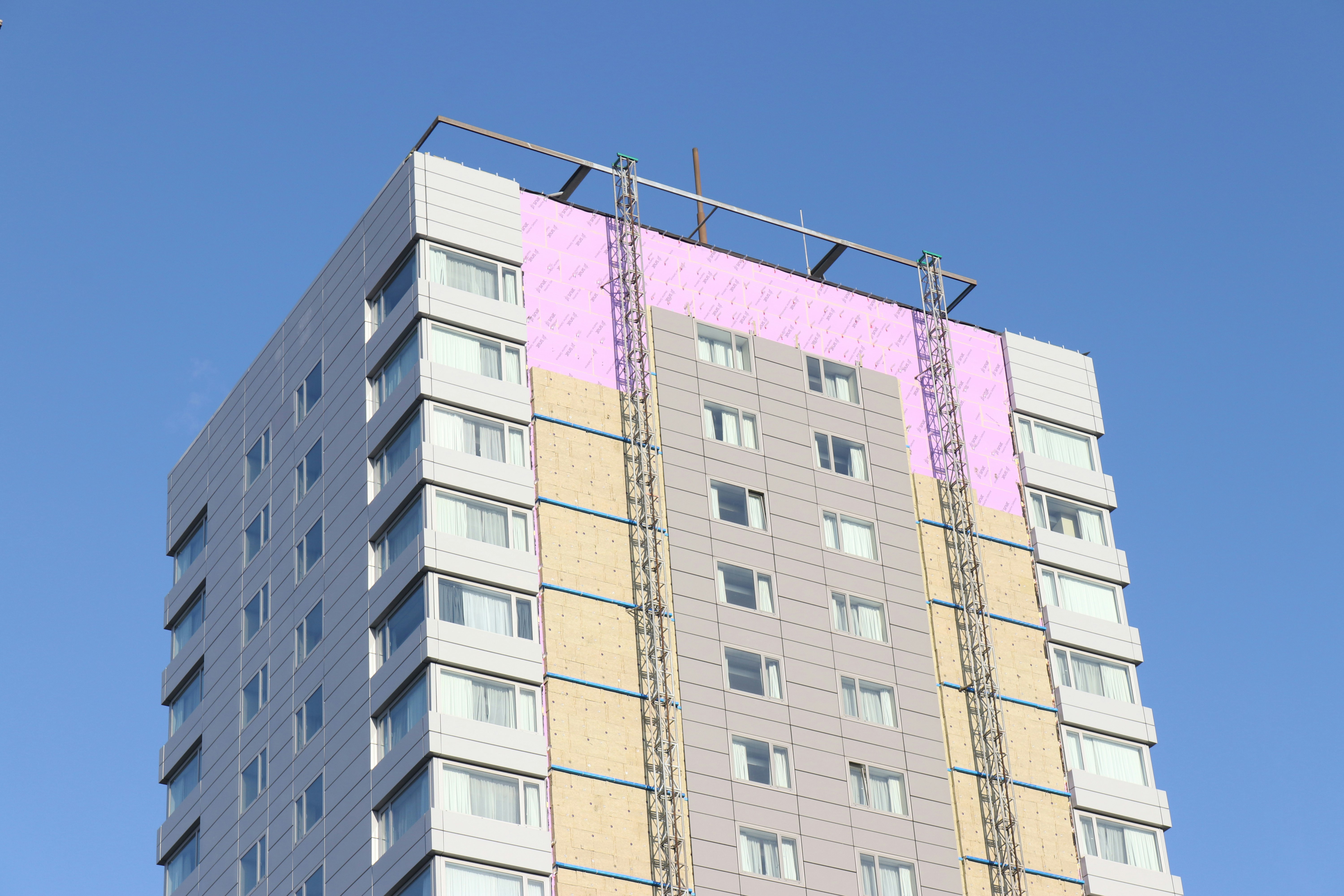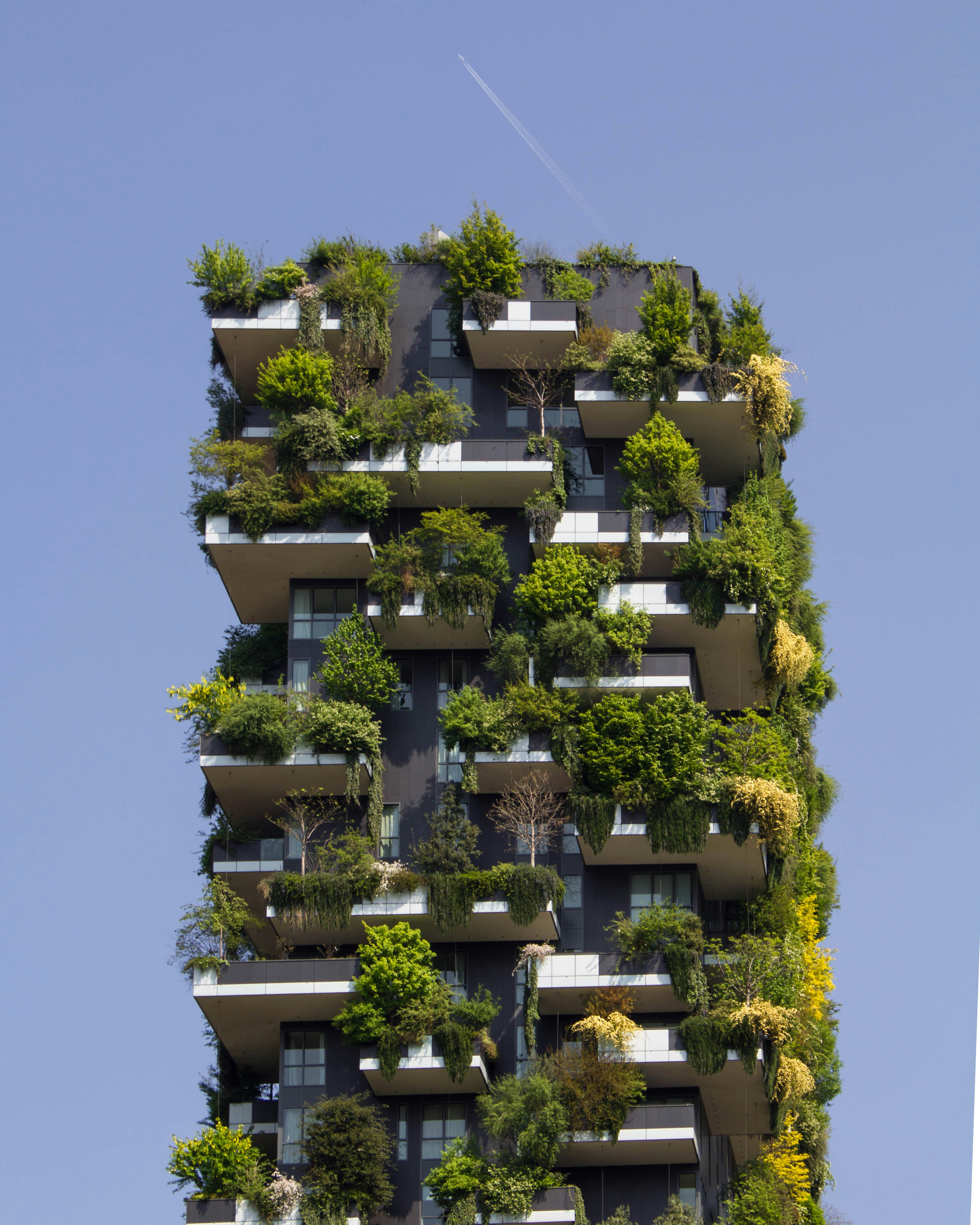However, energy efficient materials considered in isolation do not allow for a broad evaluation of environmental issues or the economic and social impacts of the products. To put it another way, green construction is far more than the sum of the parts used.
Truly sustainable design and construction goes beyond the end goal of keeping a commercial or residential building’s heating costs under control. Green buildings—and the products that they are constructed with—are themselves part of a process and an integrated system within their built environment. When assessing environmental issues in green construction, builders tend to focus on products in terms of one or two outcomes--for example, waste disposal or energy efficiency of the installed product.
A systems perspective considers a broader range of factors that influence a material or product’s social and environmental impact (PDF). A systems perspective in green construction considers the following points, drafted by the American Chemistry Council:
- Energy Consumption throughout the product or material’s life cycle, plus use phase (PDF). This includes where and how raw materials are extracted from the earth, how they are processed, manufactured, and fabricated. It goes on to consider how they are used in the build process, and lastly, how they are disposed of, or how they can be reused/recycled.
- Environmental and energy efficiency considerations should be integral parts of the design and purchasing criteria of material and products.
- Evaluation of efficiency and performance that focuses on how individual components interact within the building system. For example, do certain criteria for design, materials, and products offer greater potential for energy efficiency, reduction of environmental impact, and cost savings.
- A science-based, transparent process for establishing sustainable product and building criteria; all information is made available to all stakeholders.
In 2016, the American Chemistry Council launched a website “Building with Chemistry” to further knowledge and practices of chemical ingredients used in building and construction. The site offers information on chemistry 101 for architects, builders, and designers; and it covers best practices, material selections, standards, codes, and others resources to help make both residential and commercial buildings safer, more durable, energy-efficient and attractive.
To help facilitate a systems process, green building management tools are becoming more widely available. These tools, such as Green Globes™ System, typically include an assessment protocol, rating system and guide for green design, and may also allow for third party verification.
Other software tools such as BEES 4.0 (Building for Environmental and Economic Sustainability) provide an automated approach for measuring lifecycle assessment, plus the environmental and economic performance of a building product.
Another resource, published from the 2015 International Conference on Sustainable Design, Engineering and Construction covers integrating whole-building life cycle assessment and addresses sustainability metrics for buildings and building products from a North American perspective.
Resources












